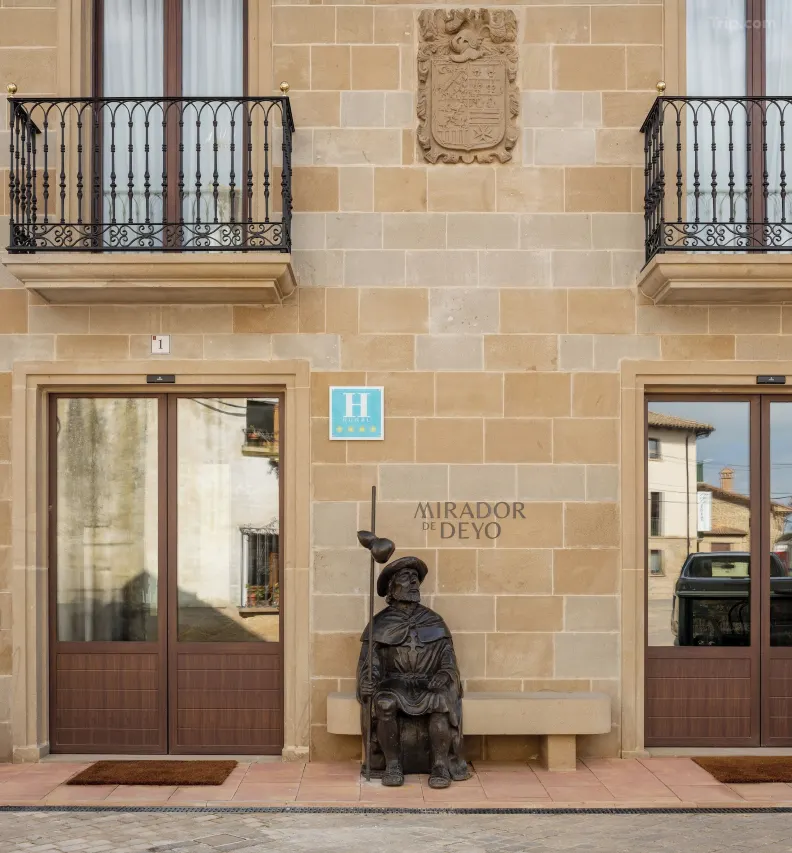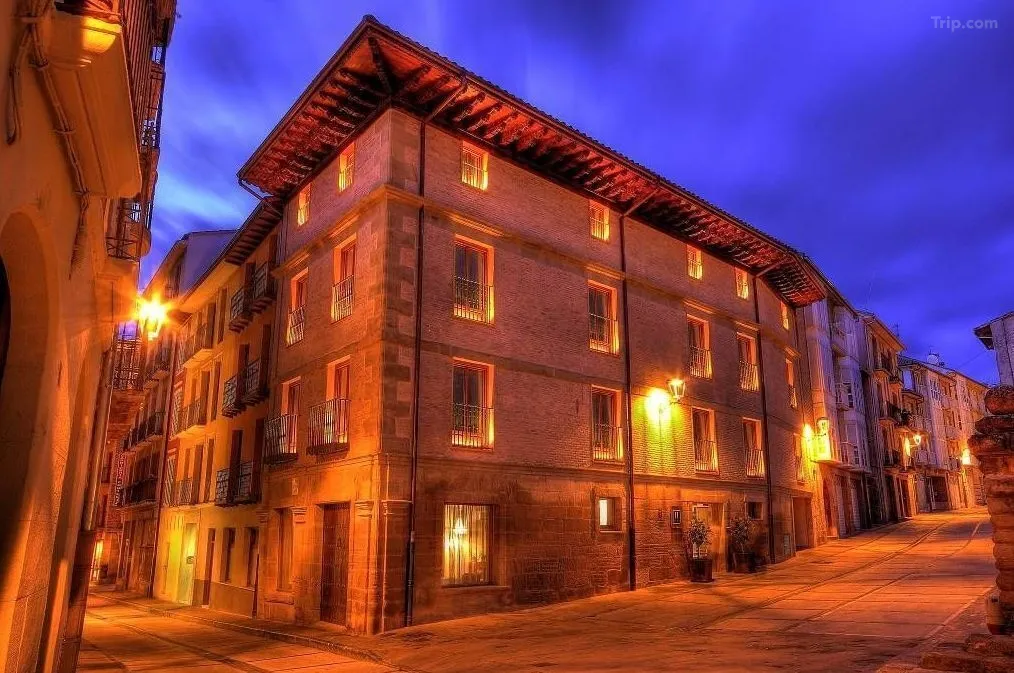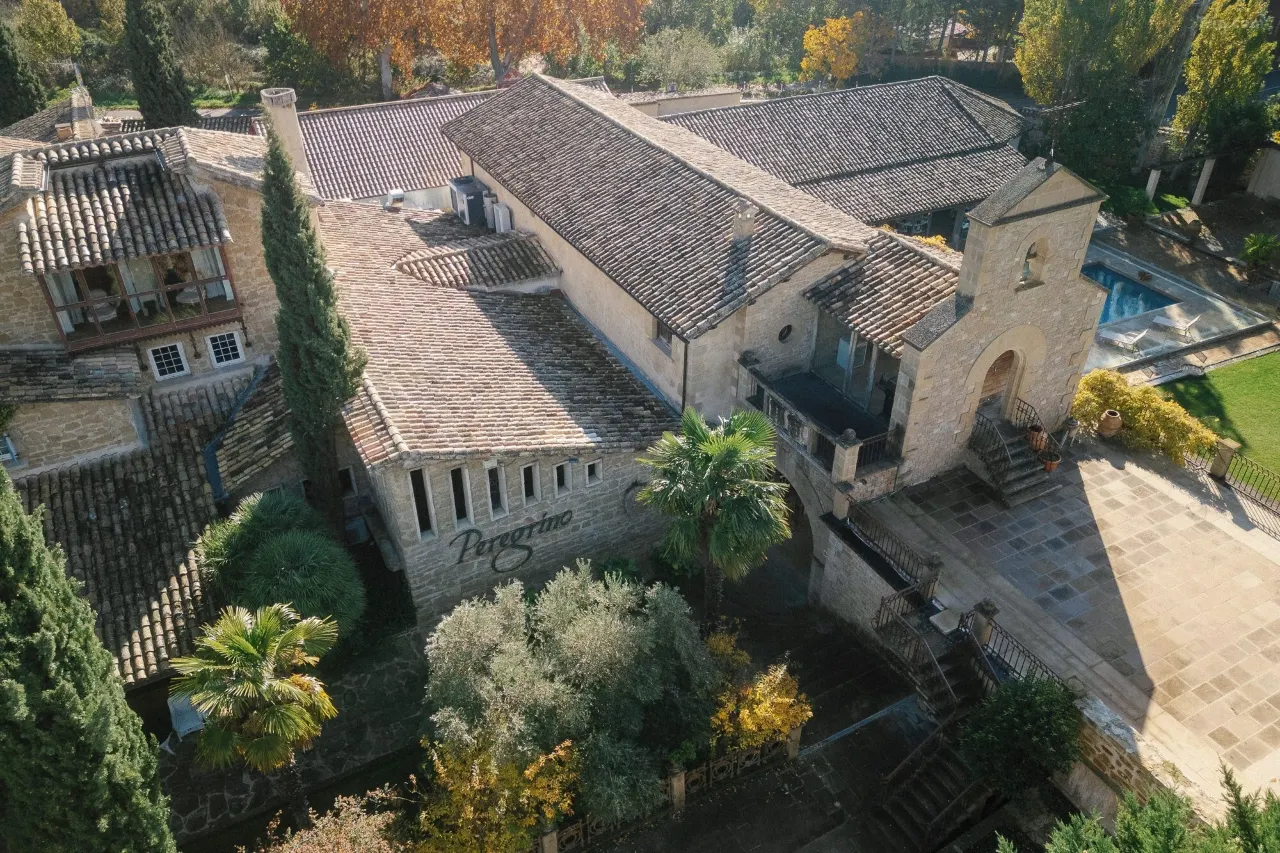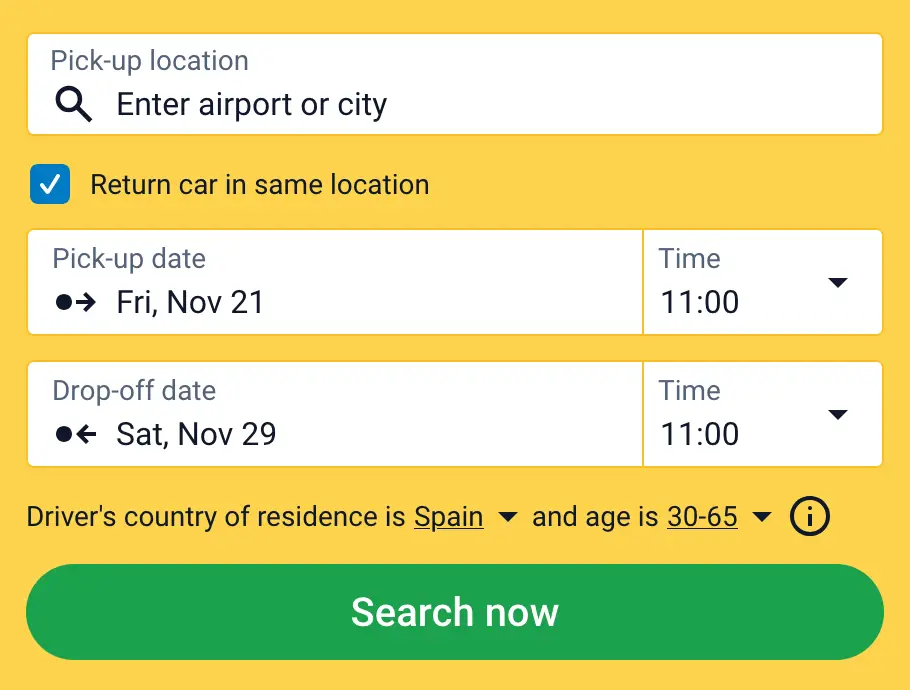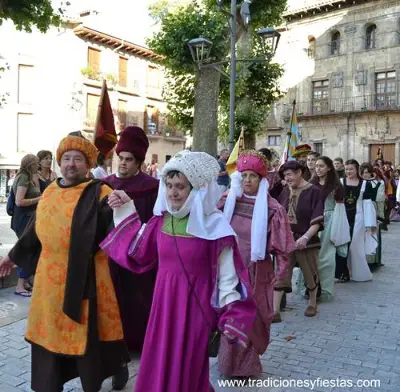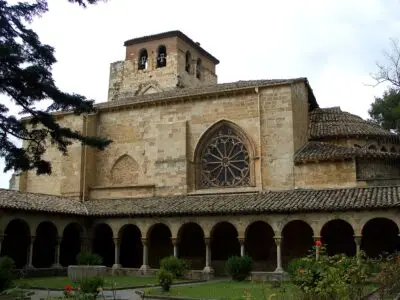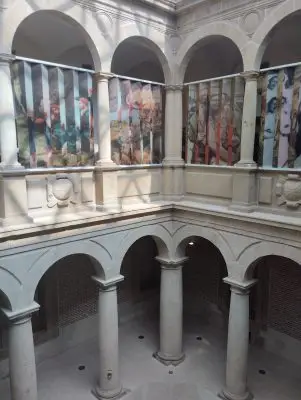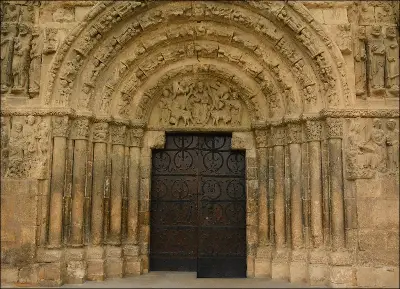The Palace of the Kings of Navarre, located in the historic town of Estella-Lizarra, is one of the most significant examples of Romanesque civil architecture in the Basque Country. Built during the 12th century, this monumental structure reflects the prosperity and strategic importance of Estella-Lizarra during the Middle Ages. It is the only preserved Romanesque palace in Navarre and a key attraction for visitors exploring the region’s architectural heritage.
The palace was constructed as a residence for Navarrese monarchs and nobility, serving as a symbol of their power and influence. Estella-Lizarra’s location along the Camino de Santiago made it a thriving hub for commerce and culture, further elevating the importance of this royal building. The palace’s design combines functionality and elegance, showcasing the craftsmanship of medieval stonemasons.
The building’s most notable feature is its Romanesque façade, characterized by its symmetry and decorative richness. The main entrance is framed by two semicircular arches supported by intricately carved columns. Above the arches, a series of capitals depict scenes of mythical creatures, floral motifs, and symbolic representations. One of the most famous carvings portrays Roland and Ferragut, a scene from the medieval epic Chanson de Roland, reflecting the cultural influences of the period.
Inside, the palace once featured grand halls and living quarters, although much of the interior has been altered over time. Today, the building houses the Gustavo de Maeztu Museum, dedicated to the works of the renowned Navarrese painter. The museum provides visitors with an opportunity to appreciate both the palace’s historical significance and its new role as a cultural institution.
The Palace of the Kings of Navarre stands next to other important landmarks, such as the Church of San Pedro de la Rúa, forming a historic ensemble that captures the essence of Estella-Lizarra’s medieval heritage. Its architectural beauty and historical importance make it an essential stop for anyone visiting the town.
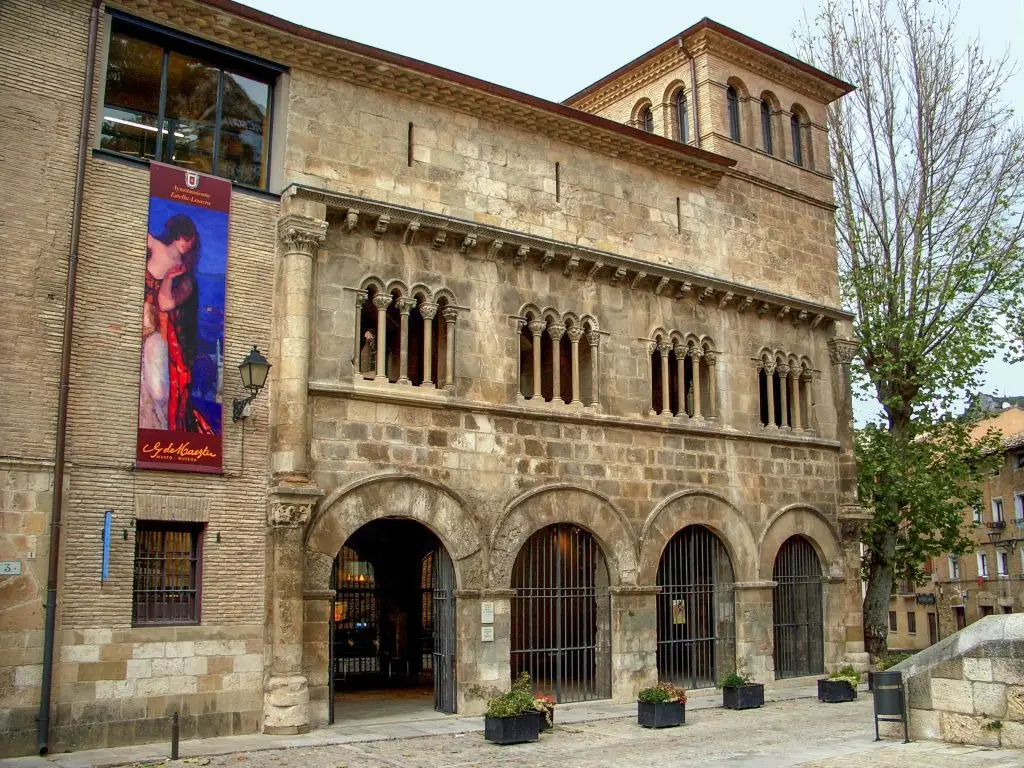
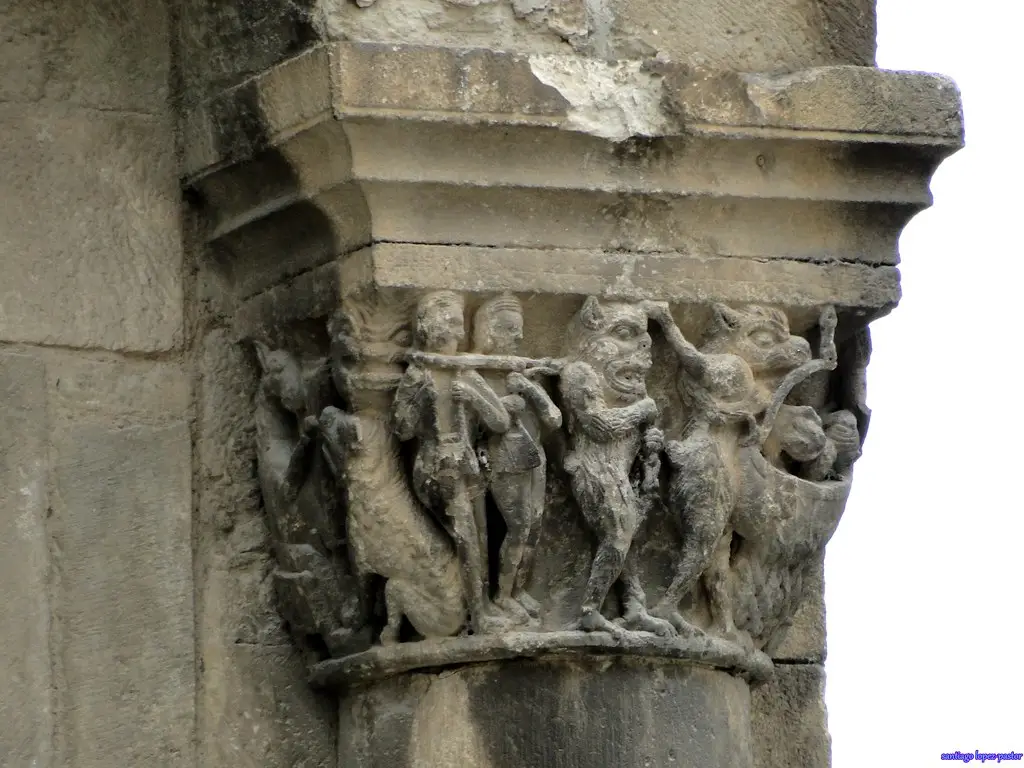


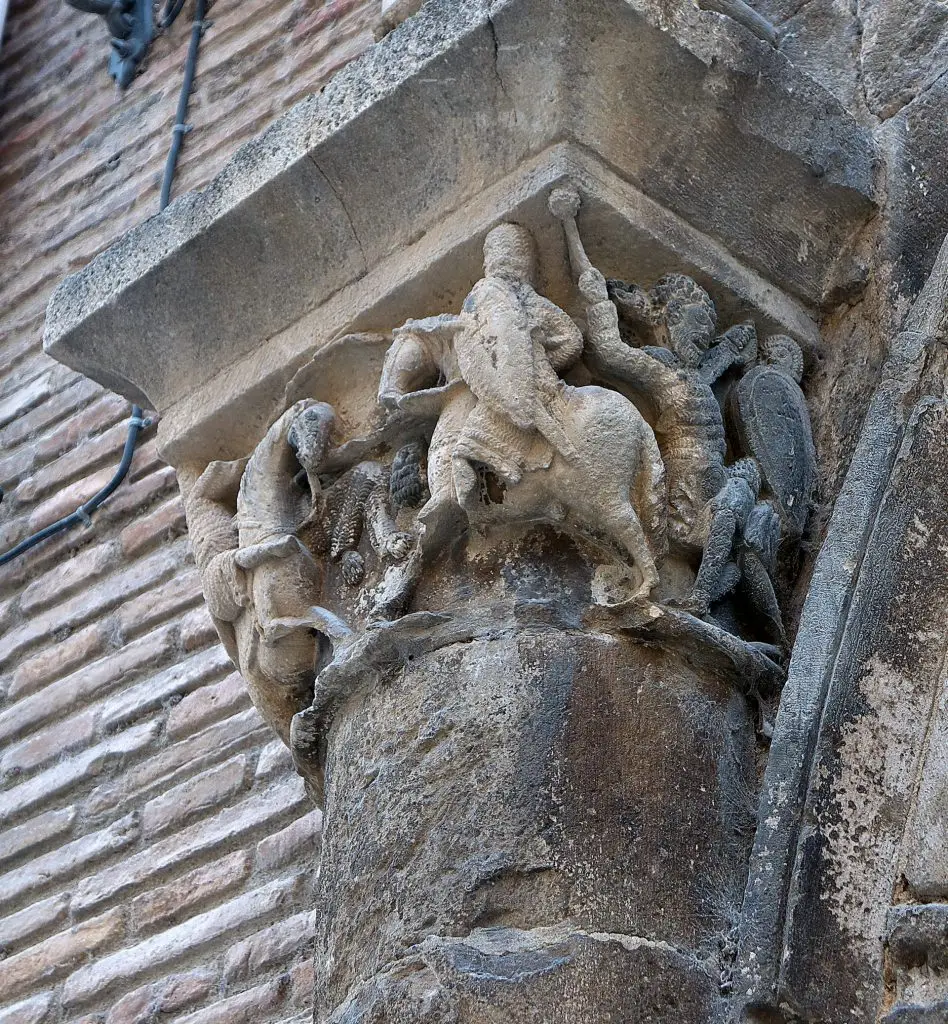
Posted on February 18, 2025
